Futures Made Simple
$13.04
| Author(s) | |
|---|---|
| Format |
|
| Pages |
189 |
| Publication Year |
2013 |
Futures Made Simple outlines the basic strategies that even novice investors can use to make money with futures. The book lays just what you need to know―what futures are, how the exchanges work, how to analyse the markets, and how to trade futures either on- or offline.
Introduction:
The futures markets offer the active trader ever-changing opportunities across a wide variety of markets and trading instruments. We explore this wonderful and profitable world in this book, which is divided into three parts. Part I addresses the fundamentals of futures trading — its history, principles and practice. We begin, in chapter 1, with a brief survey of the history and evolution of futures exchanges, from their ancient origins to the sophisticated electronic markets of today.
Chapter 2 looks more closely at what futures contracts are and introduces the role of the clearing house, the price discovery process and some basic concepts in trading. In chapter 3 we examine hedging and speculating activities and discover who is drawn to each mode of trading. Chapter 4 delves into the mechanics of trading, unpacking essential concepts such as short selling and stop orders, and offering basic advice on choosing and dealing with a broker. Perhaps most importantly, chapter 5 discusses the risks and rewards associated with the futures markets, and the importance of risk- and money-management.
Parts II and III introduce and systematically review the major futures contracts, including a description of each contract along with its main users, contract specifications and trading characteristics. Part II (chapters 6 to 10) is devoted to the natural commodities contracts, including the most actively traded grains, food and fibre, energy and metal resources commodities. Part III examines financial markets futures, reviewing some of the main interest rate futures (chapter 11) and equity index futures (chapter 12).
Futures Made Simple will provide those interested in breaking into this exciting trading area with a solid understanding of what futures contracts are and how they are traded. Futures trading is a truly global trading arena that has no boundaries or borders. From your home office in Brisbane or Bombay or anywhere else on the planet, you can trade Chicago wheat futures, German Bunds (interest rates), the Japanese Nikkei Index, Australian wool futures and a host of other futures contracts.
Contents:
- The history and evolution of futures exchanges
- How futures work
- Who trades futures and why
- Trading mechanics
- Risk and money management
- Grains
- Food and fibre — the ‘softs’
- Livestock — the meats
- Energy markets
- Metals
- Interest rates futures
- Equity index futures
Futures Made Simple By Kel Butcher pdf
9 reviews for Futures Made Simple
Clear filtersOnly logged in customers who have purchased this product may leave a review.

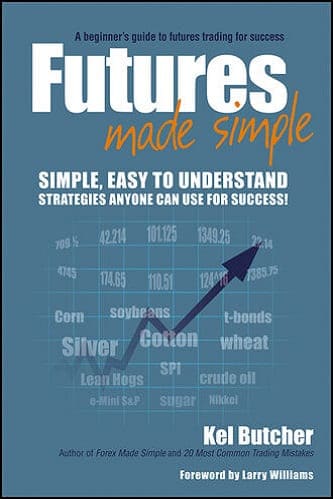
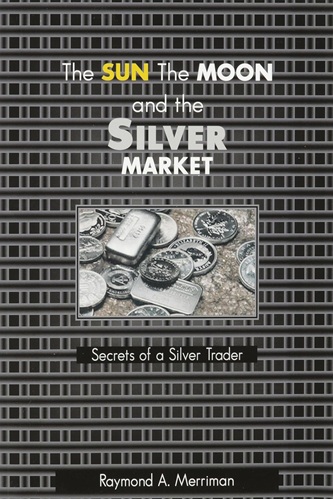
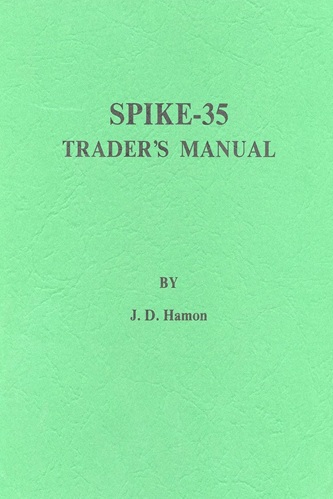


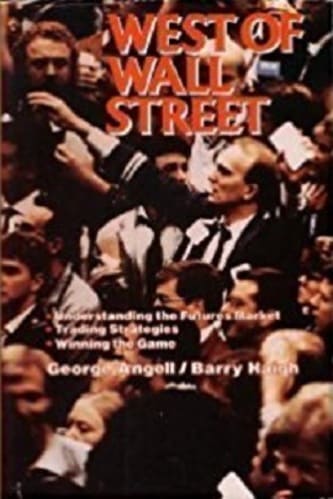
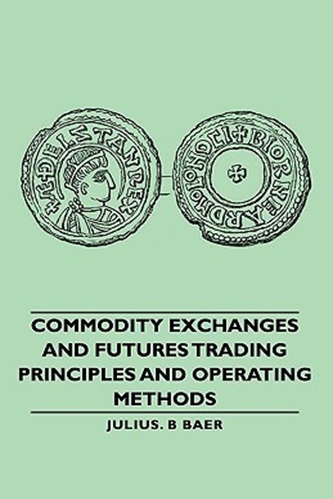
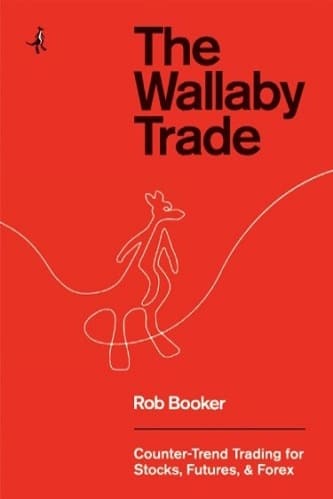
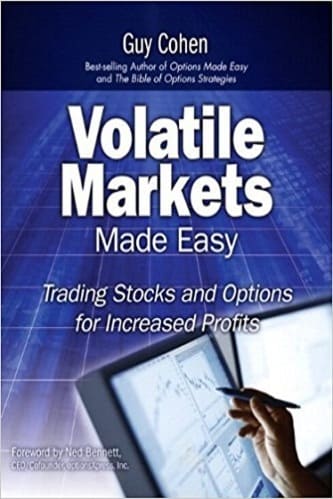
Stetson Wright (verified owner) –
I wanted to learn how to trade futures as purposefully as possible, and I found exactly what I needed with this book. I recommend anyone who may have some knowledge of stocks and investments, but knows little about futures and has no trading experience. Book is written clearly and simply.
Lilah Avila (verified owner) –
The book isn’t bad but barely goes beyond a basic blog post copy-pasted for different futures products.
Leia Clarke (verified owner) –
Recommend to novice traders. Easy to understand and fast and simple
Raegan Espinoza (verified owner) –
This is a good beginner book
Rocky Walsh (verified owner) –
Not much interesting, helpful or new in this book
Dallas Finley (verified owner) –
Excellent book !!!
Jaylen Dominguez (verified owner) –
It is not bad, only if you are really beginner in this matter. I was expecting something deeper. Not bad, but a little disappointed. 🙁
Lily Miller (verified owner) –
Generally a very good introduction to futures trading with a lot of good background and insights. The book does not cover specific strategies so further study is needed. But a good introduction nonetheless.
Jovie McMillan (verified owner) –
Excellent intro and primer on the futures market. Once you understand the principles, use them as a springboard to educate yourself further (and thoroughly!) before you start putting money at risk. Also, pay very close attention to Kel’s chapter on risk and money management — learn it well before you enter the market.